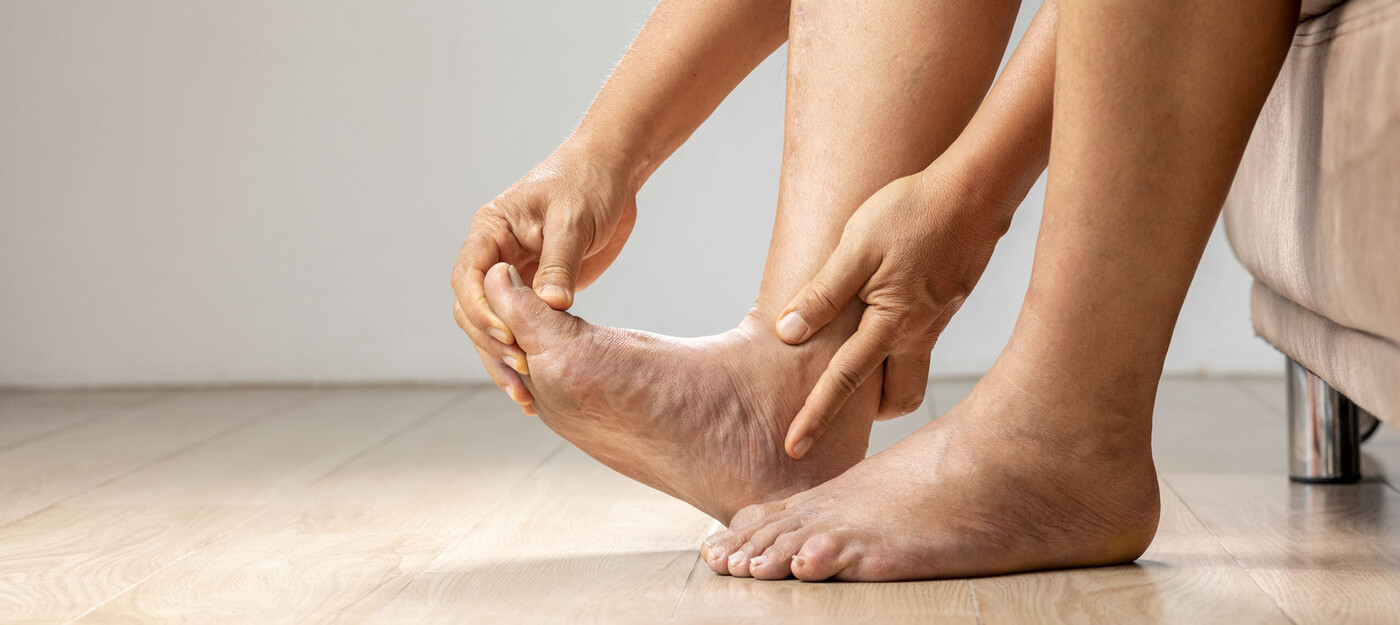If you have pain and stiffness in your ankles, you may have ankle arthritis. Fortunately, a variety of treatments are available to relieve the pain and improve your mobility. “The first thing to recognize is that ankle arthritis is a spectrum and can affect people differently,” said Karl Schweitzer, MD, a foot and ankle orthopaedic surgeon at Duke Health. The degree of your arthritis and potential impact on daily function indicates which treatment is right for you. For example, some people can stay active with low-impact exercises. However, if everyday activities like walking cause unbearable pain, surgery like an ankle replacement may be recommended to improve your function and mobility.
Here Dr. Schweitzer talks about nonsurgical and surgical treatment options for people with ankle arthritis.
Unlike arthritis of the hip or knee, ankle arthritis is most often the result of a prior injury, trauma, or longstanding joint instability. This video explores the causes of ankle arthritis and various treatments.
Regular Exercise Improves Ankle Strength and Mobility
“A lot of people with arthritis want to stay active, and we encourage that,” said Dr. Schweitzer. To help his patients achieve this goal, he recommends lower-impact exercises like biking, swimming, spinning, weight training, yoga, and cross training to spare the ankles from repetitive stress. These and similar activities are preferred over running and other high-impact activities, he said.
Nonsurgical Treatments Relieve Pain
Anti-inflammatory medications or a steroid injection may be recommended to reduce pain and swelling in the joint. Over-the-counter or custom-made braces can also be effective.
Joint-Sparing Surgeries Can Provide Relief
If non-surgical treatments have not been effective and your ankle pain interferes with daily activities, talk to you doctor about options for surgery. “Our goal is to preserve your ankle joint for as long as possible,” said Dr. Schweitzer, “and there are intermediary procedures that might help.” For instance, if you have mild arthritis and the cause of your symptoms is joint instability, surgery to tighten ligaments supporting the ankle may be recommended. If you have impingement -- pain in certain ankle positions and reduced range of motion -- doctors may be able to remove pieces of bone or soft tissue through an instrument called an arthroscope. Ankle fractures that have not healed properly can sometimes be realigned with an osteotomy. In this procedure, your surgeon will cut and straighten the bone to improve joint mechanics, reduce pain, and restore function.
Ankle Fusion and Ankle Replacement
“When there's not a lot of cartilage left, and the ankle joint is stiff, patients have end-stage arthritis,” Dr. Schweitzer explained. At that point, your choices are generally ankle fusion or ankle replacement. “The procedure we choose together will depend on a variety of factors, such as your age and stage of life, activity level, goals, and bone quality to mention a few,” he said.
Ankle fusion knits the lower leg bone (tibia) to the ankle bone (talus) with screws, plates, and bone grafts. The procedure relieves pain, but it also limits your ankle’s range of motion. “That can have some implications down the road because it can put stress on nearby joints,” he said.
Ankle replacement replaces your arthritic joint with an artificial one and preserves motion. It may be a better choice for people who want to stay active.
Life After Surgery
For many of Dr. Schweitzer’s patients, something as simple as walking or going up and down stairs can be incredibly painful and challenging. “When patients get an ankle fusion or an ankle replacement, the most common feedback I get is, ‘I wish I had done this sooner.’ It really helps them get back to doing the things that they want to do, so that they can essentially forget about their ankle and move on with their lives,” he said.




